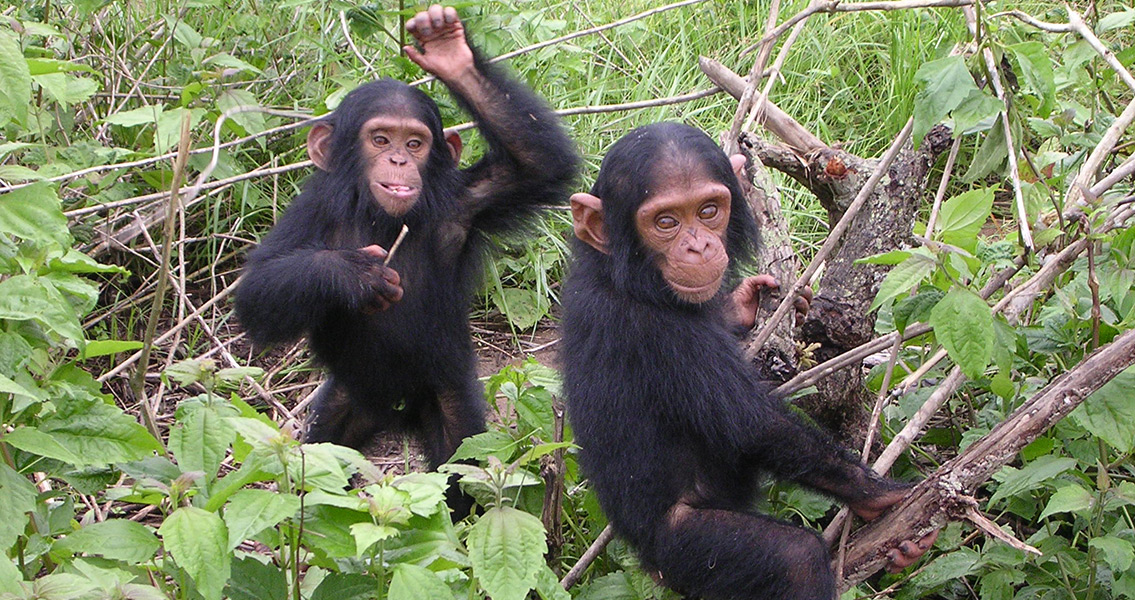<![CDATA[New research data published in the Proceedings of the National Academy of Sciences (PNAS) points to a much more gradual evolutionary development when it came to human ancestors leaving the trees and adopting a more terrestrial way of life. An international team led by University of California – San Francisco evolutionary biologist Nathan Young has determined that there’s a good chance the last common ancestor that linked chimpanzees and humans could have had shoulders that were structured similarly to modern African ape specimens. While it’s only been around 6 million to 7 million years since humanity branched off from chimpanzees on an evolutionary level, fossils dating from that time period have proven hard to find, making it difficult to make clear determinations on how both chimpanzees and humans evolved differently from that point in time. In an interview with Live Science, Young said that many scientists use chimpanzees as an anatomical model for the last ancestor that both the ape species and humans had in common. This is due to the widely-held hypothesis that the similarities between modern African ape species like gorillas and chimpanzees were passed down from this ancestor – leading to hints of what that ancestor looked like in their own physical characteristics. There is a conflicting hypothesis as well, one that says that modern African apes evolved these similarities independently – leading many researchers to believe that the last link between chimps and humans could have been more primitive, spending more time in the trees than on the ground like the Asian orangutan. It turns out the key to the puzzle may be in the way the shoulder is constructed in primates. The evolution of the complex joint could highlight when our early ancestors began spending less time in trees and started learning to use tools. The shoulder of the modern human is too complex to make such determinations, which is why the research team turned to several human ancestors to determine our evolutionary time frame. The scientists used 3D-imaging software to generate shoulder models from modern primates such as monkeys, gibbons, gorillas, chimps and bonobos, as well as humans, and then compared them to existing models of our long-extinct relatives such as Neanderthals, homo ergaster, and the Australopithecines, which include A. afarensis and A. sediba. The latter species are thought to be two of the best current candidates for being a direct ancestor, based on the study. The strongest model, according to Young, demonstrated “perfect immediate forms” between modern humans and African apes, suggesting that humanity shifted quite gradually from arboreal (tree dwelling creatures) into tool-using land-dwellers. These conclusions support the hypothesis that there was a final, African ape like common ancestor of humans and chimpanzees. For more information: www.pnas.org Image courtesy of Wikimedia Commons user: Delphine Bruyere]]>
New Research Data Points to Gradual Human Evolution
